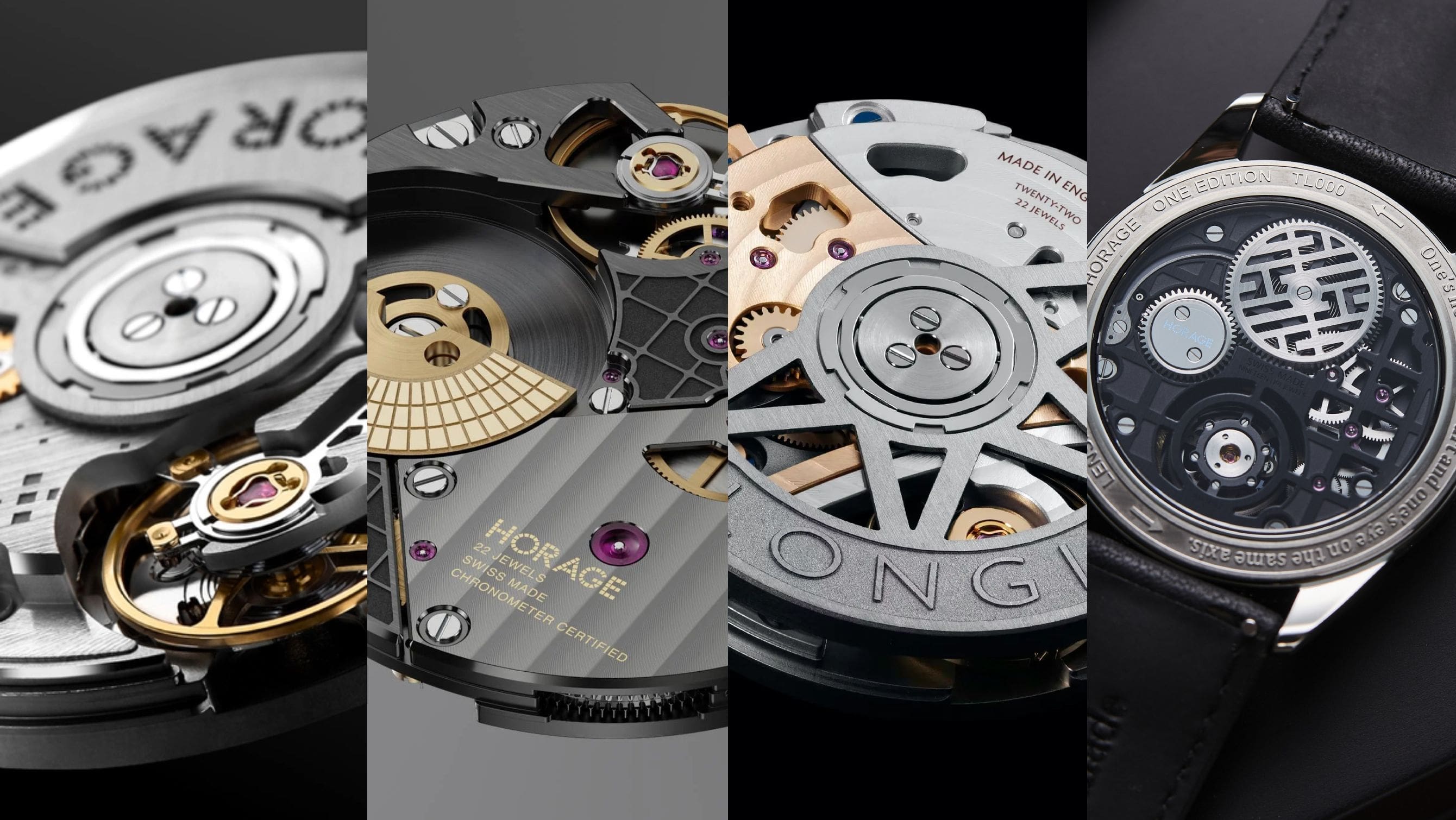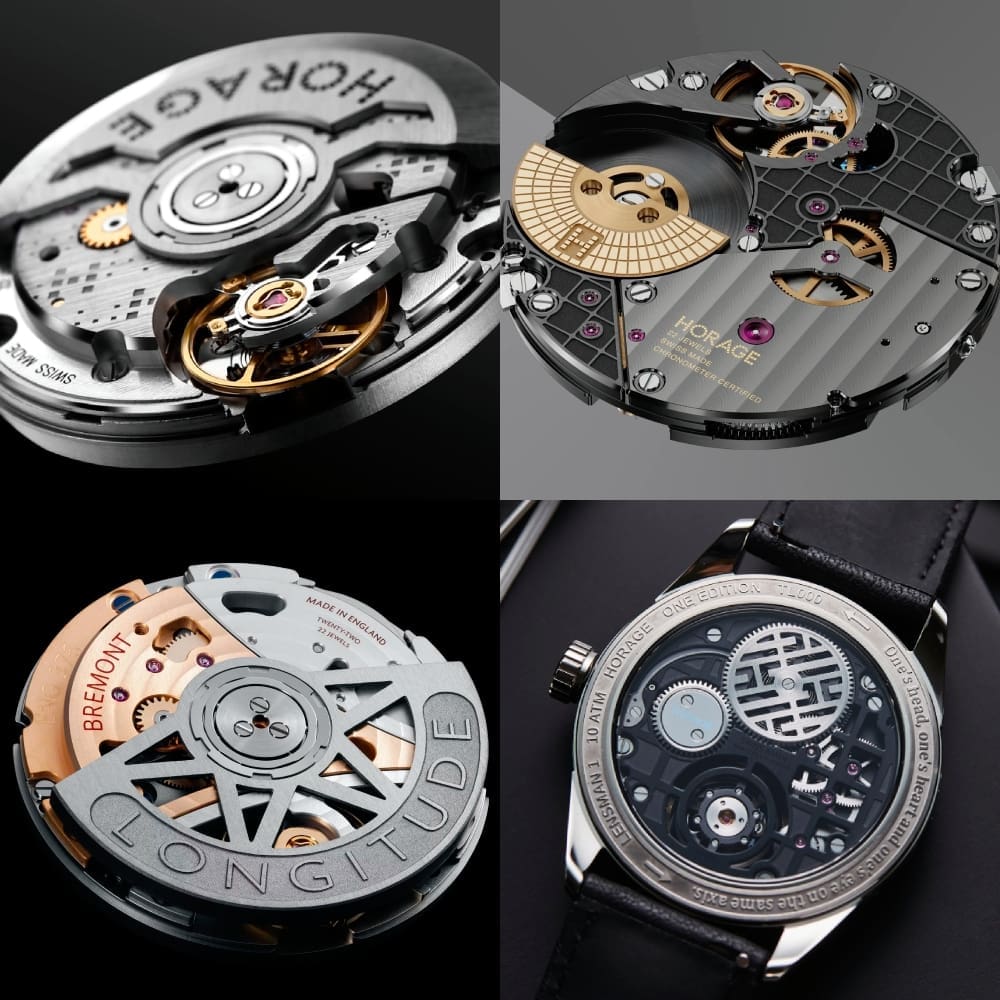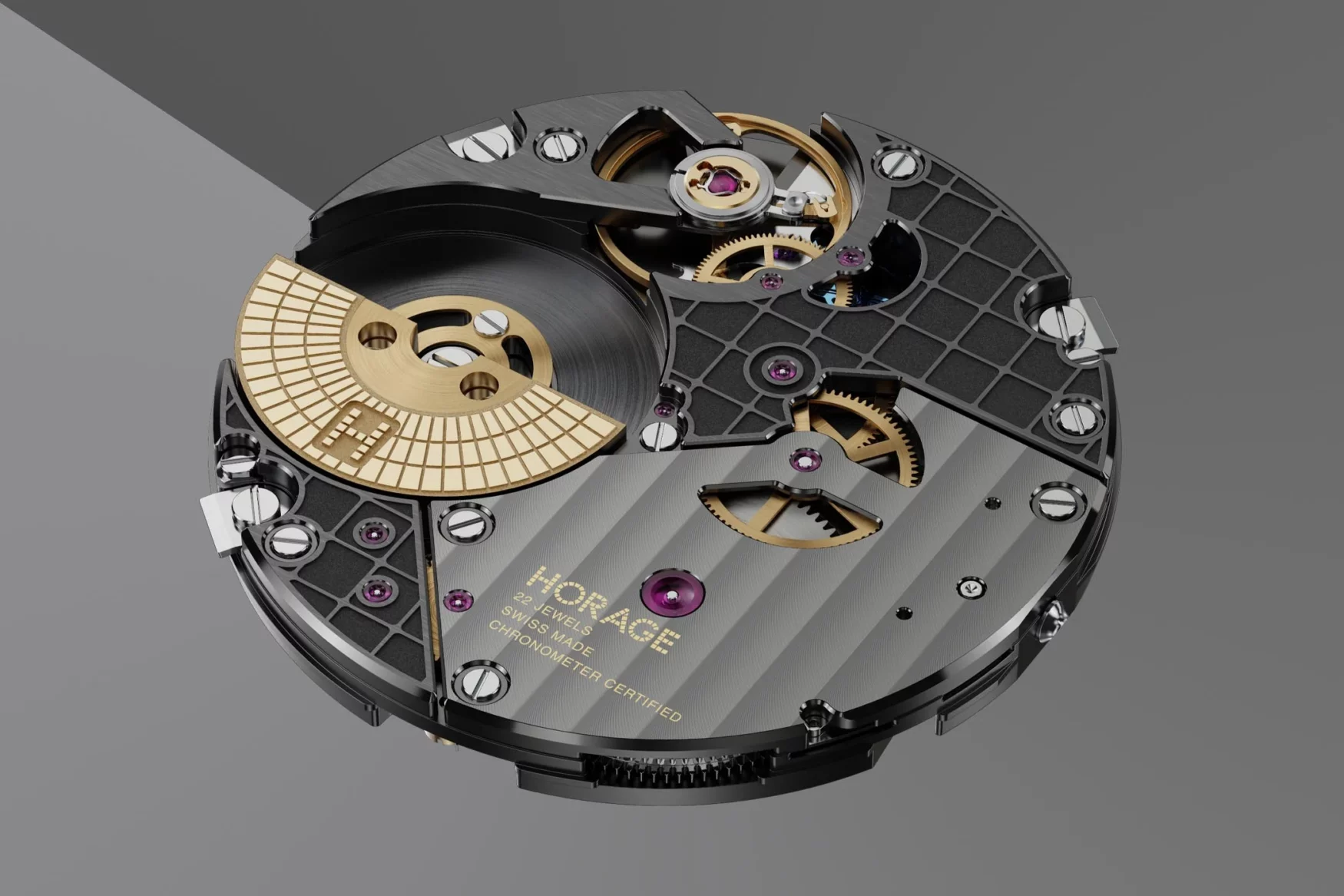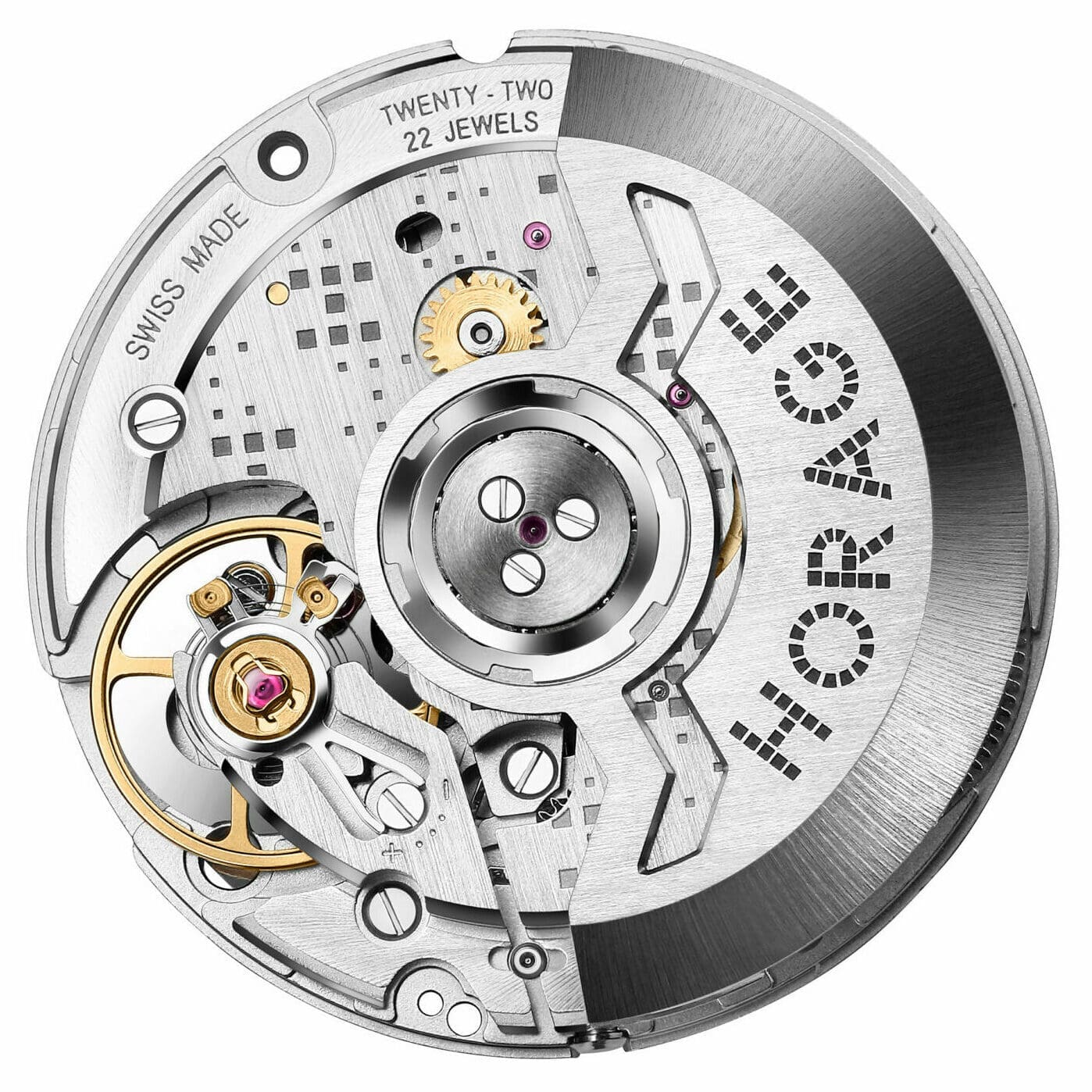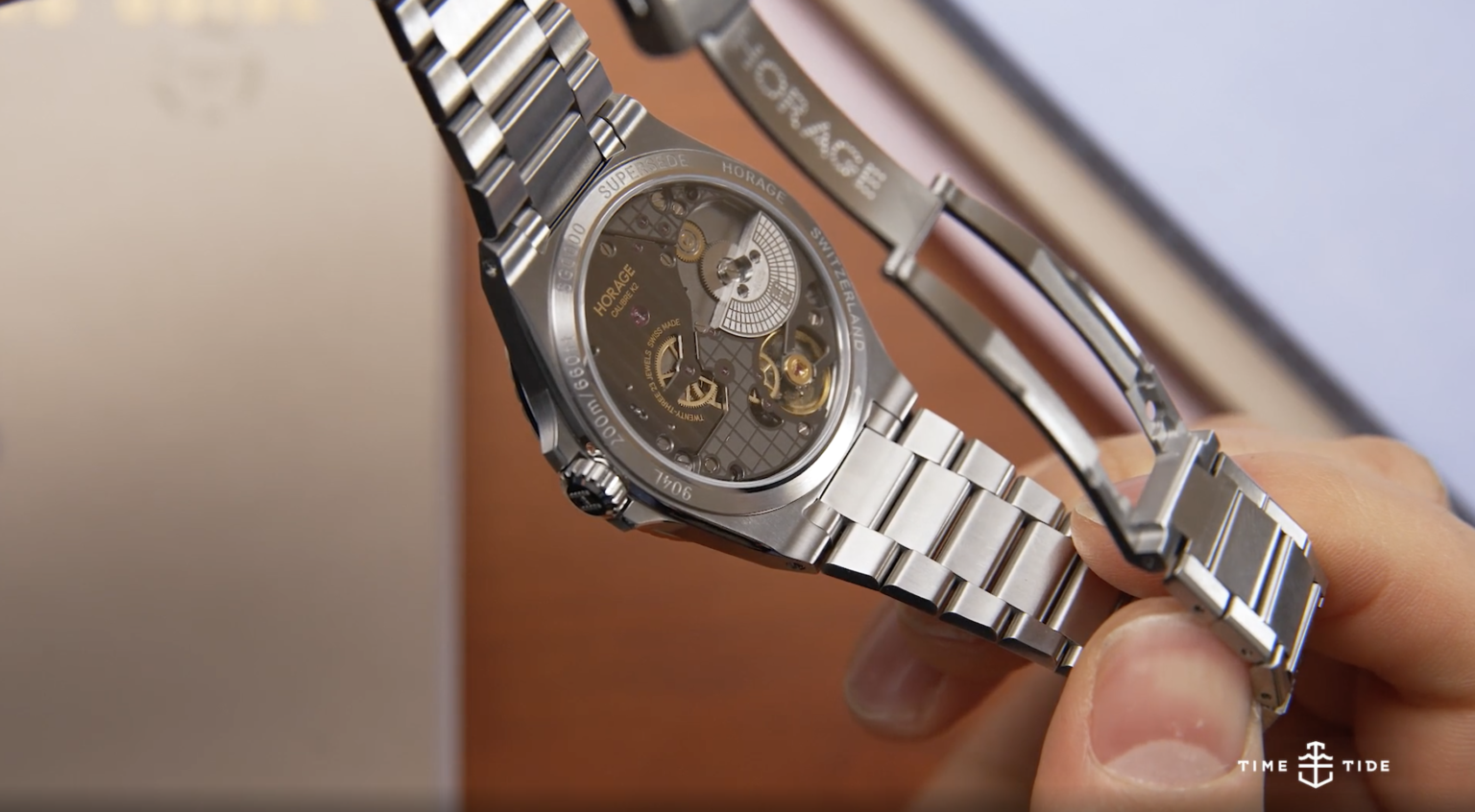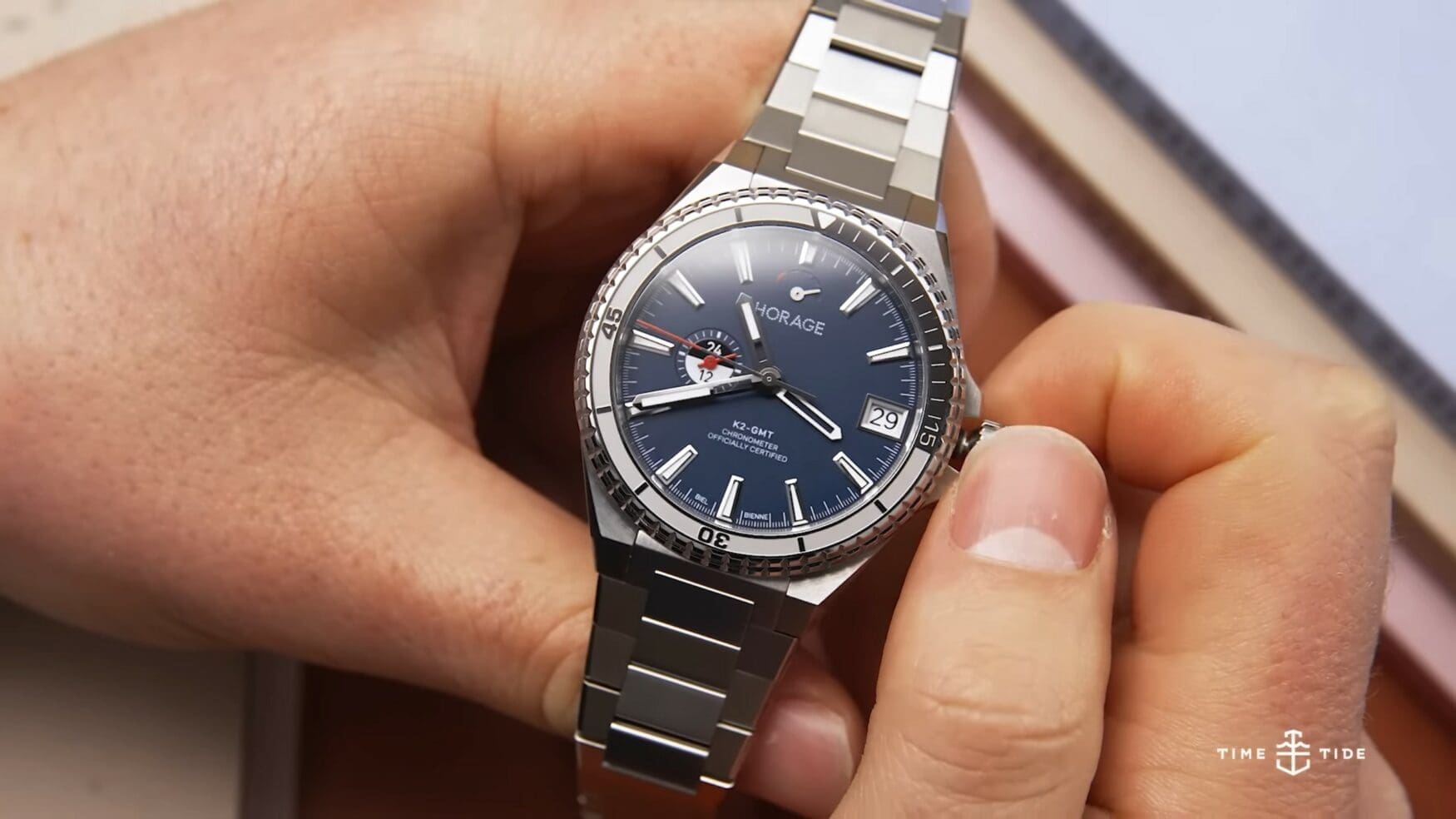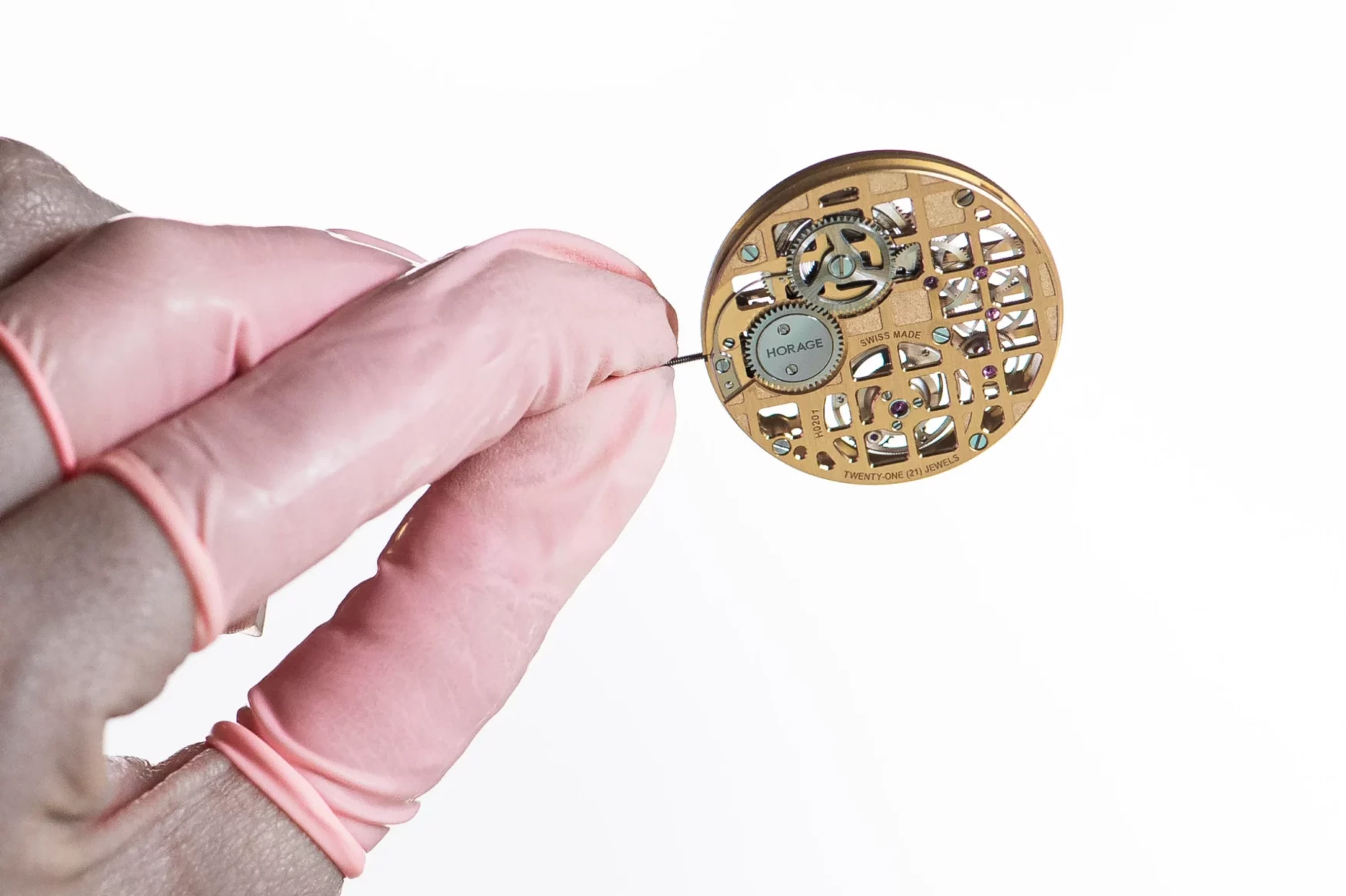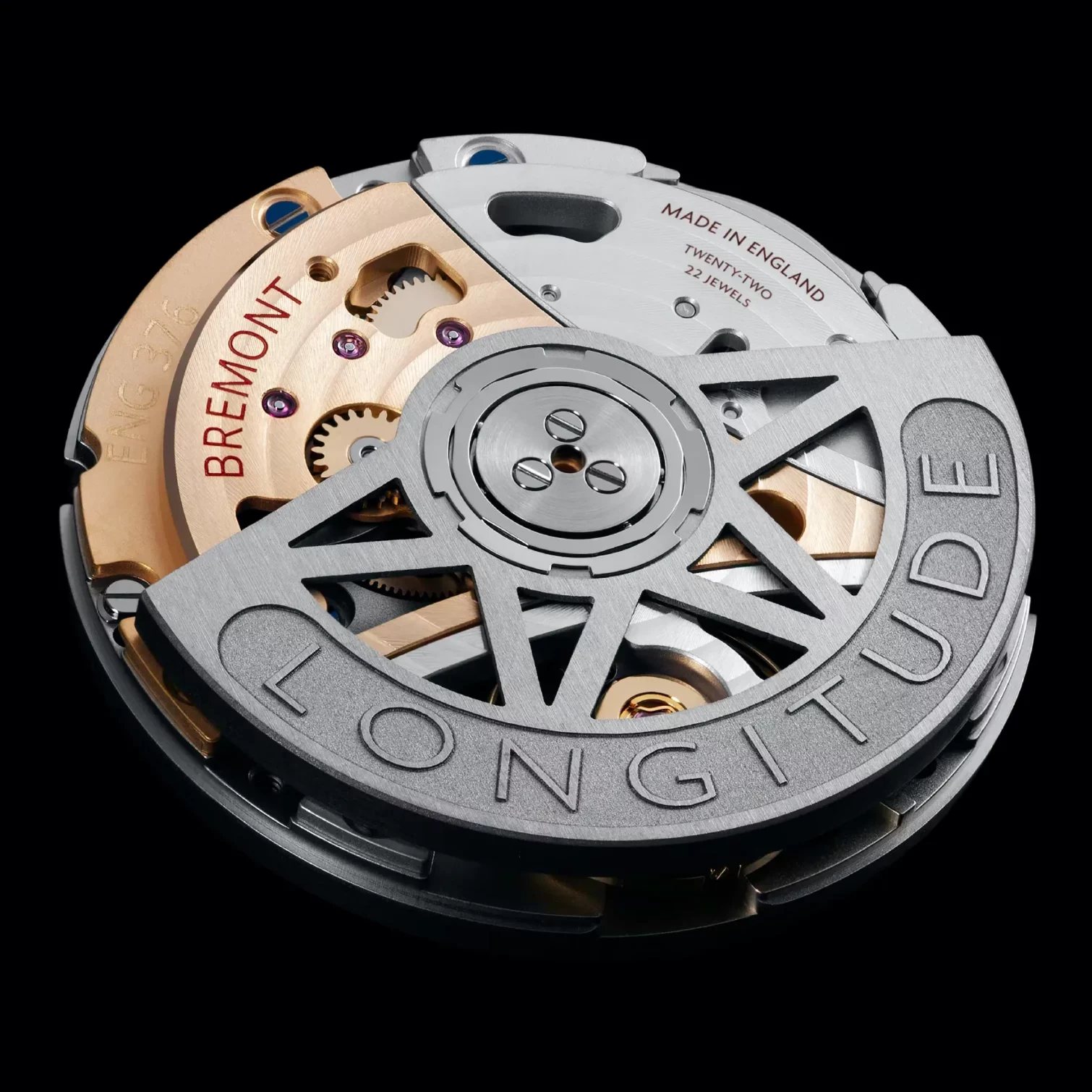THE Plus are specialists in Swiss production, and could be the future of “in-house” movements
Borna BošnjakIf you spend any time on the watch internet whatsoever, you’ll quickly become familiar with ETA and Sellita, eventually recognising Kenissi, Vaucher and others. While the big two manufacturers are responsible for most of the industry’s Swiss movement supply, with other smaller ones filling the gaps, notable manufacturers are often underappreciated. One such maker is THE Plus. While certainly not the most SEO-optimised of monikers, Biel-based THE Plus movements have found their way into more mainstream brands, rather than just being reserved for their sister company Horage.
The history of THE Plus and Horage is somewhat one and the same, as the two now create a whole line of movements based on the modular K1 and K2 calibres. This modularity allows for a number of different dial layouts and complications, making them appealing to other brands looking to step away from established industry giants, while not being fully ready to fund an in-house movement themselves. In addition, THE Plus also produces the K-TOU movement powering the likes of the Lensman (our hands-on is here), currently the most affordable Swiss tourbillon on the market, which is no small feat.
The beginnings
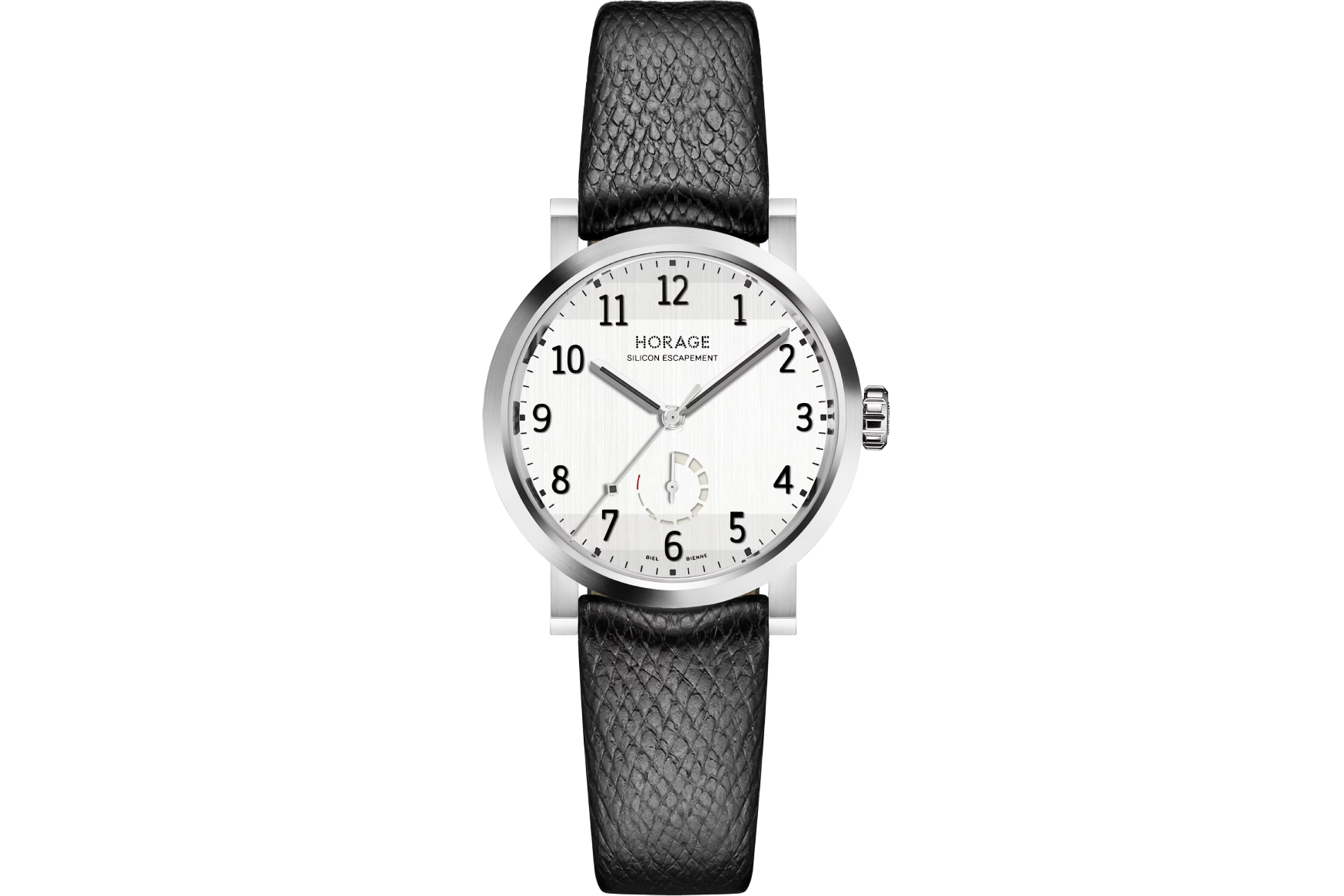
THE Plus and Horage stem from multiple mergers and developments, but the earliest traces of their existence go back to 1998 and Momo Plus AG. With ETA turning the tap off on supply, many brands looked to alternative sources of parts and expertise. Momo Plus, which produced basically everything but movements, was in the same boat, with founder and CEO Tzuyu Huang making the decision to invest in their own movement production, too. A decade and millions of CHF later, the 2009 edition of Baselworld was graced by Horage’s first attempt – the Omnium.
With its Bauhaus-like shape and dot-matrix like logo, the Omnium was powered by the brand’s first take on an in-house movement. While it is a simple three-hander movement with a funky small “big” date, it mirrors established movements like ETA’s 2824, 2892 and Sellita’s clones only in its 25.6mm diameter. Hand tolerances and other dimensions, as well as its architecture, show that this is, in fact, an original design. By 2015, Huang and entrepreneur husband Andi Felsl joined forces with Teyos, a German brand – forming Teyos + Horage Engineering AG, neatly making up THE Plus AG, supplying Horage and Teyos with movements with the help of Citizen-owned La Joux-Perret. While the Teyos brand is now defunct, the team of a tried-and-true industry professionals still spearheads THE Plus. Florian Serex learned his trade at Arnold & Son, ETA and ValFleurier, while Jonas Nydegger and Sephan Kussmaul, developers of Eterna’s Calibre 39, completed the trio. Nydegger now leads THE Plus and their development.
More recently, Horage and THE Plus released the K2 and K-TOU movements, all the while remaining unusually transparent about the “Swissness” of their creations. And that’s honestly no surprise, considering that most of their pieces are completely Swiss made, far exceeding the minimum thresholds that other brands, many well-established, have loopholed to death. For example, Horage doesn’t shy away from the fact that the case components are a joint effort between Swiss and Chinese production, with Thai and South Korean factories providing the rehauts and hands on their tourbillon models. In the COSC-certified K1 movement, 98.26% of its parts are Swiss, with only two coming from Germany due to lack of Swiss availability, according to Horage.
Some familiar faces
Horage’s current line-up consists of eight model families, which is a surprising number for a young, non-mainstream brand. That is mostly thanks to the modularity of the K1 movement, iterations of which feature in six different models. With a 65-hour power reserve and a silicon escapement, it’s the brand’s entry level movement, starting as low as CHF 2,500 for the Omnium Gen.2 – highly competitive if you consider the movements used by similarly priced micros and independents.
The next step up is the Horage’s basis for the workhorse – the K2. We covered its initial release in the Supersede GMT, which displayed the modularity of the calibre, sporting a true GMT complication, and power reserve and day/night indicators, all in a compact 39.5mm case that’s remarkably thin at 9.85mm. The brand’s direction, however, was made clear here. Horage and THE Plus aren’t aiming for the entry-level point of the market, rather setting their sights on offering the same stuff as the big guns, for markedly less.
The cherry on top is the K-TOU. It first appeared beneath the lattice-like dial of the Tourbillon 1, coming out with a brand-new flying tourbillon calibre that’s (almost) entirely Swiss-made and that beat the next most affordable Swiss tourbillon by a huge margin. It was no slouch, either. Conceived to be wearable and pretty to look at, it came in at under 10mm in height, with a tapering case from 41mm at the bezel to 39mm at its base. Its design hailed from an Angelus A300 design developed by La Joux-Perret, with the Citizen-owned movement manufacturer offering their help in producing some of the componentry that was designed in-house by THE Plus. Complete with a silicon escapement, Horage/THE Plus once again had a little help from their friends. This time it was Sigatec, courtesy of Ulysse Nardin and Mimotec. Thankfully, the per-order production numbers of the Tourbillon 1 were succeeded by the new Lensman 1, taking inspiration from vintage cameras, with a party trick that puts the tourbillon even more front and centre – you can check out our review here.
Future escapades
Should Horage and THE Plus continue the way they have, the enthusiast appeal is sure to eventually become mainstream appeal, especially once the brand manages to develop an instantly recognisable design language. Whether or not the brands will take that challenge in stride remains to be seen, but THE Plus gained an unlikely customer a few years ago. British watchmaker Bremont has been in desperate need of their own calibre ever since the Wright Flyer incident, looking to THE Plus for help in this instance. The modular nature of the K1 movement seemed perfect for the British brand, which purchased the rights to the movement’s intellectual property, allowing them to upgrade and manufacture it themselves. In his customary fashion of detailed breakdowns, The Naked Watchmaker took apart the ENG 300 to its roots, explaining the manufacturing and design differences that Bremont has implemented to make the movement as close to their own as possible. This includes a re-design of the bridges to resemble the brand’s home base, The Wing, as well as a number of technical changes. These include an additional case clamp, lower automatic bridge, re-designed balance cock, free-sprung balance, new cannon pinion and re-designed lever escapement. If you have a few minutes to spare, TNW’s decons are wonderful reads even for the layman.
With three calibres and important industry connections under their belt, I’m excited for another competitor to the usual ETA/Sellita spiel. With increased and stronger competition entering the fray, the only winners are the end consumers – but don’t be surprised if more brands go the Bremont route, purchasing existing IPs and setting up their own manufacturing.




